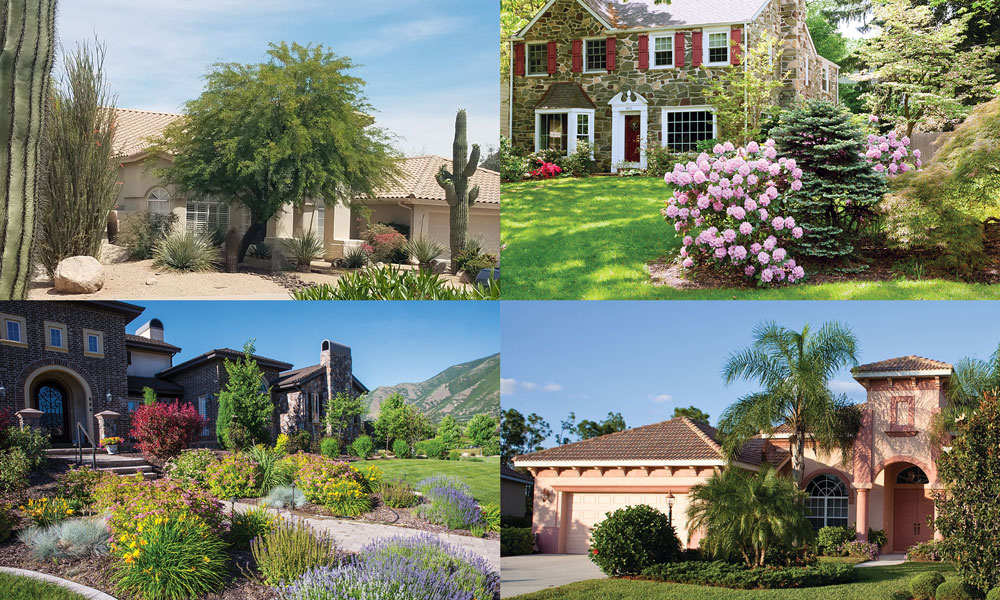Tree Care Tips
Tree Care Tip #1: Planting New Trees
The best time to plant trees and shrubs is during a dormant period. Schedule your new plantings before buds appear in early spring or after leaves drop in late autumn. Under cool conditions plants have a chance to establish roots before rain and warmer temperatures encourage top growth. Find out the characteristics of the species, and choose a location with the size of the fully grown tree in mind. Consult an arborist beforehand for recommendations and post planting care.
Tree Care Tip #2: Shaping Shrubbery
Shrub pruning is ideally performed between late spring and late summer, but the best time is when they begin to look untidy. Flowering shrubs are the exception. Prune them shortly after blooming, but before buds set. Prune shrubs only where there is a definite reason. Thin out the oldest branches, reduce any tall, leggy stems and remove dead wood. Shear shrubs to create a hedge or sculptured form, but not if you prefer a natural look, because shearing can cause dense branch tip growth.
Tree Care Tip #3: Property Value
Tree care helps protect your home value and maximize the return on investment. A Money Magazine study ranks the 100% to 200% recovery value of landscaping first among home improvements. Regular inspections and consistent maintenance that addresses tree health, safety and curb appeal can increase property value too. Clemson University research found that homes with “excellent” landscapes can expect a 6% to 7% higher sale price. Preventative tree care is also less costly than remedial treatments for fully developed problems.
Tree Care Tip #4: Going Green
Finding the balance between the results you desire and environmental sensibility can be the most difficult aspect of tree and lawn care. Make sure you know the type of materials currently used on your property and how they are applied. Blanket treatments using traditional materials are not nearly as eco-friendly as 100% organic and hybrid services that target specific problems as needed. Ask questions about the availability and effectiveness of green alternatives to find the perfect fit for your preferences.
Tree Care Tip #5: Construction Protection
Early planning is vital to protect feature trees from permanent or fatal construction injuries. Use fencing to prevent equipment from breaking branches, tearing bark, wounding trunks and compacting soil. Ideally, allow one foot of space from the trunk for each inch of its diameter. To preserve root system health and stability, route utilities as far away from trees as possible and air spade under root zones rather than digging across them. Make sure critical roots are identified and not severed during trenching.
Tree Care Tip #6: Fertilizing
Trees, like people, require essential nutrients to survive and function. In suburban landscapes, soil conditions vary greatly and are often compromised by inadequate nutrient supplies, compaction and insufficient room for roots. An arborist or local facility can test your soil for nutrient content to help determine how much, what type and where to best apply fertilizer if necessary. Fertilizing helps replenish nutrients that help trees and shrubs to sustain good health throughout the year.
If you want to stay up to date with the latest tree care tips, news and information, sign up for our FREE biannual Timely Tips newsletter via email.
Click or call today for a complimentary consultation about tree service and lawn care from the arborists at SavATree. Contact the office nearest you.
Like this article? Feel free to link to it. Please read our link policy.





